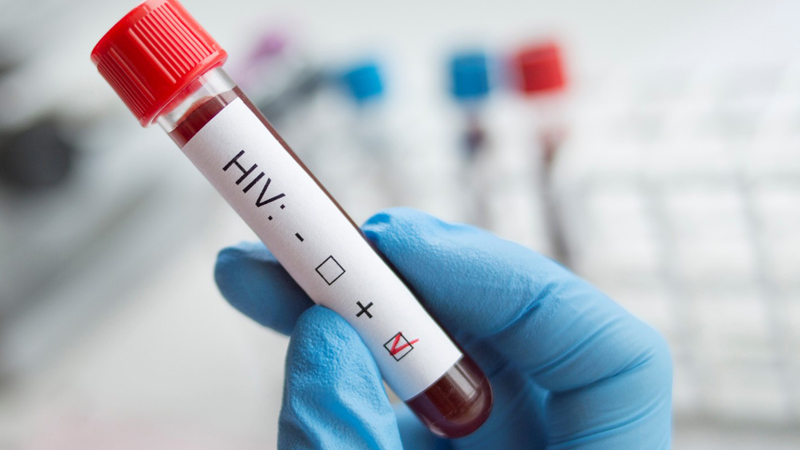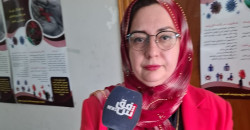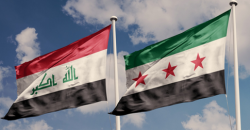UNAIDS: HIV deaths to surge without US funding

Shafaq News/ Up to 6.3 million people could die from AIDS-related illnesses by 2027 if the United States fails to restore suspended humanitarian funding, the Joint United Nations Programme on HIV/AIDS (UNAIDS) warned.
The funding freeze, announced by the White House on January 20 and currently under review, is already disrupting critical HIV services globally, especially in Africa, according to UNAIDS Executive Director Winnie Byanyima.
Byanyima flagged collapsing clinic operations, depleted medical supplies, and mass layoffs of health workers, projecting as many as 8.7 million new HIV infections by 2027—sharply up from 1.3 million in 2023—if the suspension continues.
She also urged President Donald Trump to reverse the decision, referencing former President George W. Bush’s legacy in launching the US-funded PEPFAR initiative, stating, “We urge for a reconsideration and an urgent restoration of services – life-saving services.”
The executive director emphasized the absence of alternative donors stepping in to close the funding gap, warning that the consequences would be severe without immediate action.
#VIH/#SIDA « Si l'aide américaine n'est pas rétablie et qu'aucun autre financement ne vient combler ce vide, alors, dans les quatre prochaines années, 6,3 millions de décès supplémentaires liés au sida sont à prévoir. » - @Winnie_Byanyima, Directrice exécutive d'#ONUSIDA pic.twitter.com/WJM9I1LmDC
— ONU Genève (@ONUGeneve) March 24, 2025
In eastern and southern Africa—regions accounting for over half of global HIV cases—young women and adolescent girls remain most at risk, representing over 60% of new infections.
In the Democratic Republic of the Congo (DRC), where 520,000 people live with HIV, US support through PEPFAR was expected to provide treatment for at least 209,000 people in 2025. That $105 million allocation now hangs in the balance.
Susan Kasedde, UNAIDS country director in the DRC, reported that hospitals are under strain, supply chains are faltering, and thousands could lose access to essential care.
The funding freeze aligns with broader cuts to US humanitarian aid. UNHCR, IOM, and UNICEF have all reported major shortfalls, with refugee support, migrant assistance, and child survival services severely impacted in high-risk regions such as eastern DRC.
Beyond Africa, the Middle East and North Africa face a rapidly growing HIV crisis. Frontline AIDS reported a 116% surge in cases since 2010, including a 600% increase in Egypt. The region received just 1% of global HIV funding in 2023 and operates on only 15% of the needed resources.
“The region risks being left behind,” said Golda Eid, programme lead at Frontline AIDS. “There is still an opportunity to save lives and build a future free from AIDS, but the time to act is now.”
Meanwhile, Mohammed El Khammas, head of international actions at the organization, warned that limited testing and persistent stigma are likely obscuring the full scale of the epidemic.
Globally, UNAIDS estimates that 40 million people are living with HIV. In 2023 alone, 630,000 people died from AIDS-related illnesses. The agency called on governments and international donors to increase funding and adopt national strategies to combat stigma and discrimination.





